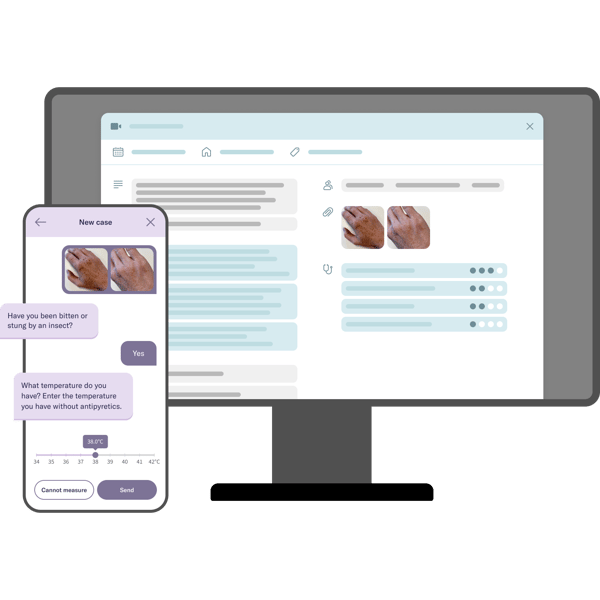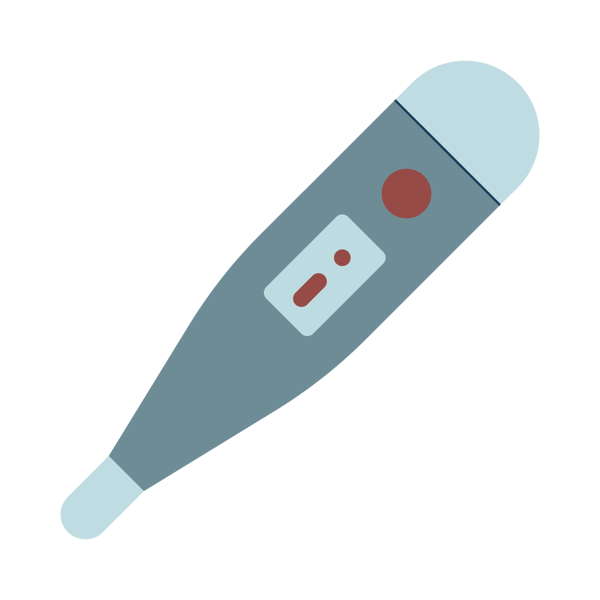
Dynamic
Red Robin simulates the physician’s mindset by managing multiple symptoms in parallel and adapting follow-up questions based on previous answers and new information.
It’s essential that people seeking care end up in the right place so that healthcare resources are used well and healthcare practitioners can work efficiently, setting priorities and providing care as needed. Red Robin, our automated medical history and triage tool, helps with this.

Red Robin – our AI-based tool for automated medical history and triage, optimises the first contact with patients seeking care. Red Robin collects medical history from patients, establishes a priority level depending on the urgency of the case, and allocates it to the appropriate healthcare professional. The healthcare practitioner allocated the case gets a summary of the medical history and a proposed diagnosis, establishing a firm foundation for initial conversations with patients. Armed with the information provided by Red Robin, healthcare professionals are able to save time and improve engagements with patients.

Red Robin simulates the physician’s mindset by managing multiple symptoms in parallel and adapting follow-up questions based on previous answers and new information.

The tool is self-learning and able to add and manage multiple relevant data sources, such as records systems and image analysis tools.

Red Robin considers all specified patient information as well as the relationships between symptoms and conditions to ensure reliable diagnosis and triage.
With Red Robin, patients get help to put their problems into words. Answering the questions takes 3 minutes on average. The question logic is dynamic, which means that the questions are adapted specifically to the person seeking care. For example, Red Robin takes into account age, gender and risk factors, and bases its follow-up questions on the patient’s previous answers – and new information. Just as a physician can change direction when new relevant information emerges during the dialogue with a patient, Red Robin can change track during the questioning session.

Red Robin can also collect, manage and understand accurate data. For example, for fever: instead of simplifying the definition of fever as a temperature exceeding 38 degrees, the system takes into account both the entire fever scale and the fact that a specific temperature can mean different things in different individuals. A temperature of 38 degrees can be completely harmless for an essentially healthy four-year-old, but for an 85-year-old with liver disease, it can indicate a serious infection.